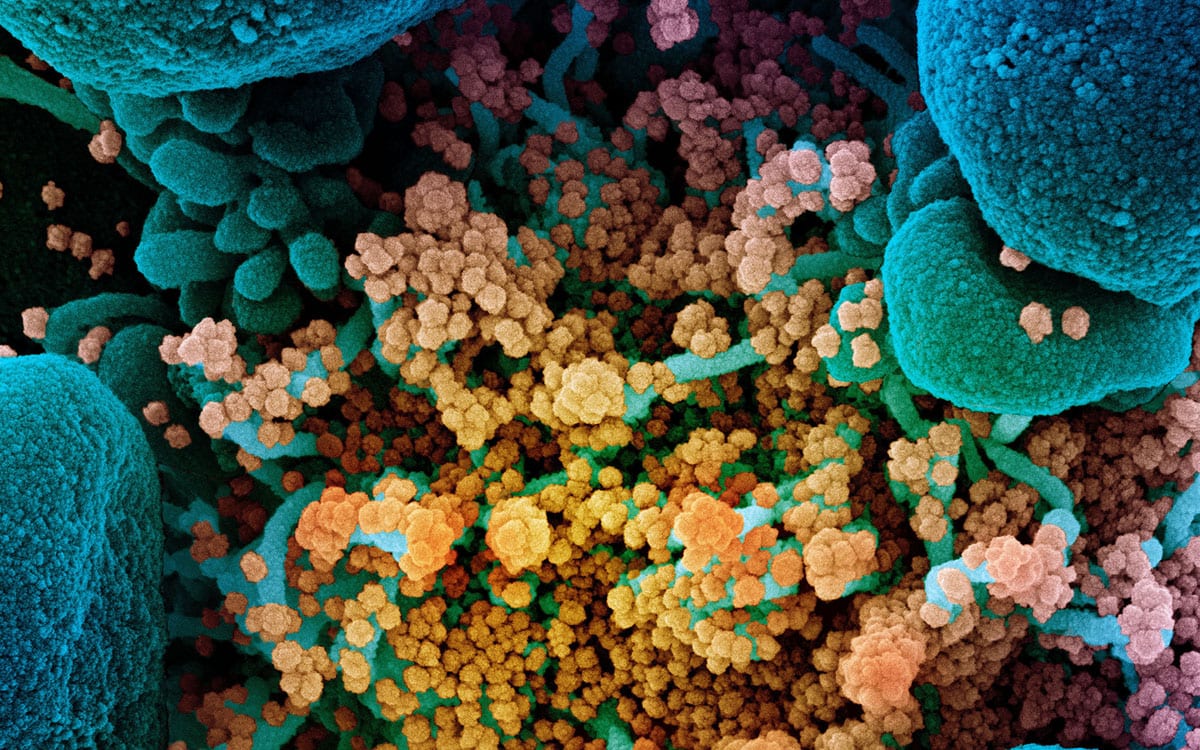

University of California, Davis (UC Davis) Health researchers took a critical step in defining the possible paths for the severe acute respiratory syndrome-coronavirus-2 (SARS-CoV-2) causing COVID-19 to get transmitted from the mother to her newborn baby. The mother to fetal transmission is known as “vertical” transmission.
In an editorial published in the American Journal of Perinatology, the researchers highlighted the importance of understanding the timing and the route of infection in maternal-fetal transmission.
“There is concern that mother’s infection during pregnancy may result in transmission to the baby,” said Dean Blumberg, UC Davis chief of pediatric infectious diseases and first author on the article. “We are pleased to have the opportunity to offer a framework to look at different possible transmission pathways.”
Mother-to-child transmission of SARS-CoV-2
To date, the spread of SARS-CoV-2 from mother to fetus has not been well-established. Yet, there are three potential mechanisms of vertical transmissions of coronavirus:
Viral transmission from mother to fetus (Intrauterine transmission): Vertical transmission may occur at any time during pregnancy. It is possible that the mother may be viremic (virus in the blood) during acute infection, and the virus may be transmitted to the fetus through the placenta. Infection at different stages of pregnancy might affect the fetus in different ways, depending on the stage of fetal development. If transmission occurs late in pregnancy, the newborn may be actively infected at the time of delivery.


Superficial exposure to SARS-CoV-2 (transient viremia): It is possible that the child may transiently have a positive test for the virus after delivery without actually being infected. This exposure can happen in case the mother has active viral infection during her last two weeks before delivery or in the first two days after giving birth. If the virus gets detected in the amniotic fluid, umbilical cord blood or in the baby’s respiratory or blood sample in the first day after delivery, the baby might have subsequent negative tests and does not have an immune response that indicates infection.
“In case of the mother’s confirmed infection with SARS-CoV-2, we recommend as a minimum procedure a swab of the respiratory tract of the newborn in the first and second 24-hour periods,” said Satyan Lakshminrusimha, physician-in-chief of UC Davis Children’s Hospital. “If initial SARS-CoV-2 swab tests negative, it may be repeated if the baby shows symptoms. There may be a role for antibody testing in selected patients to diagnose past infection.”

